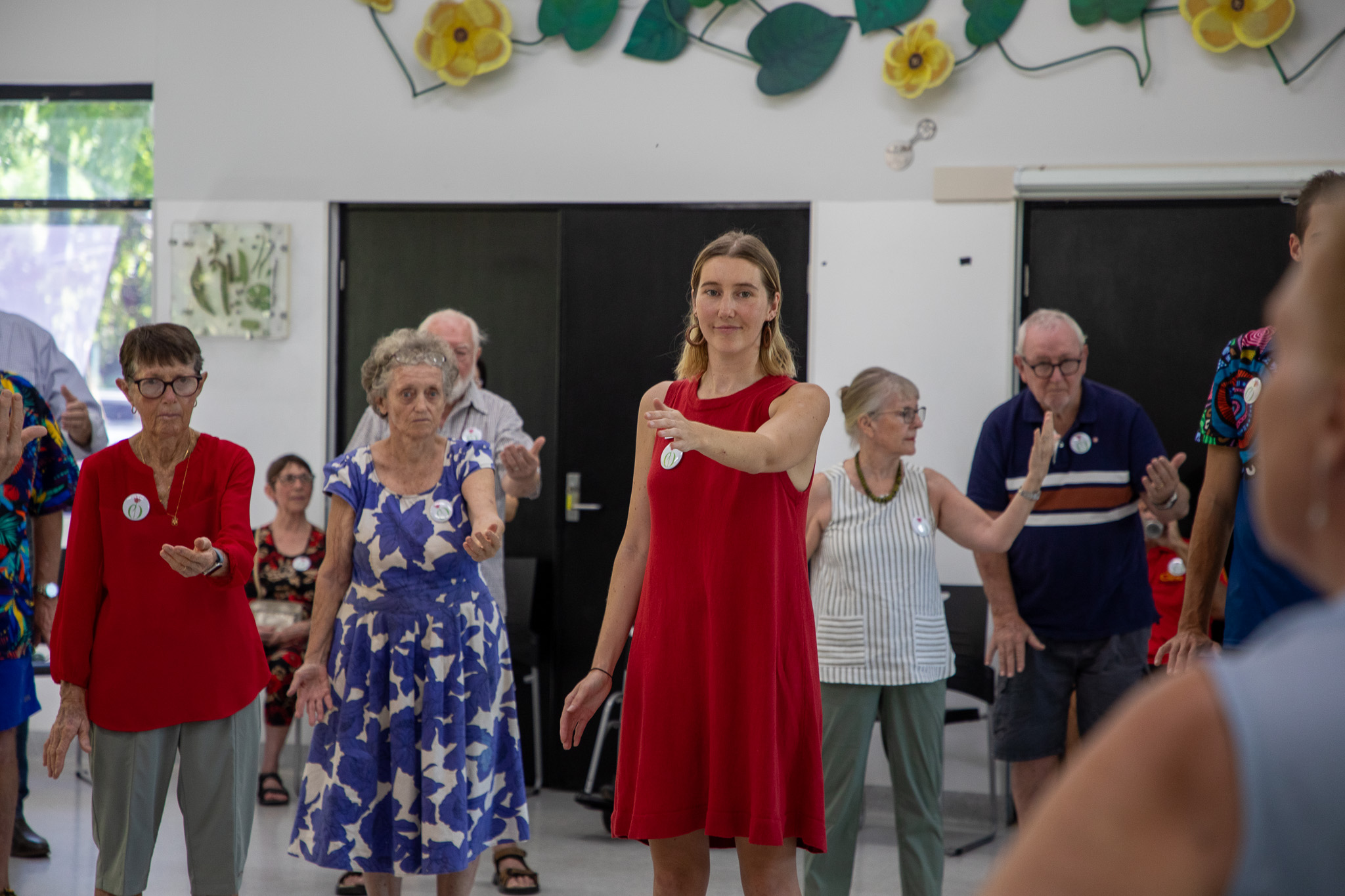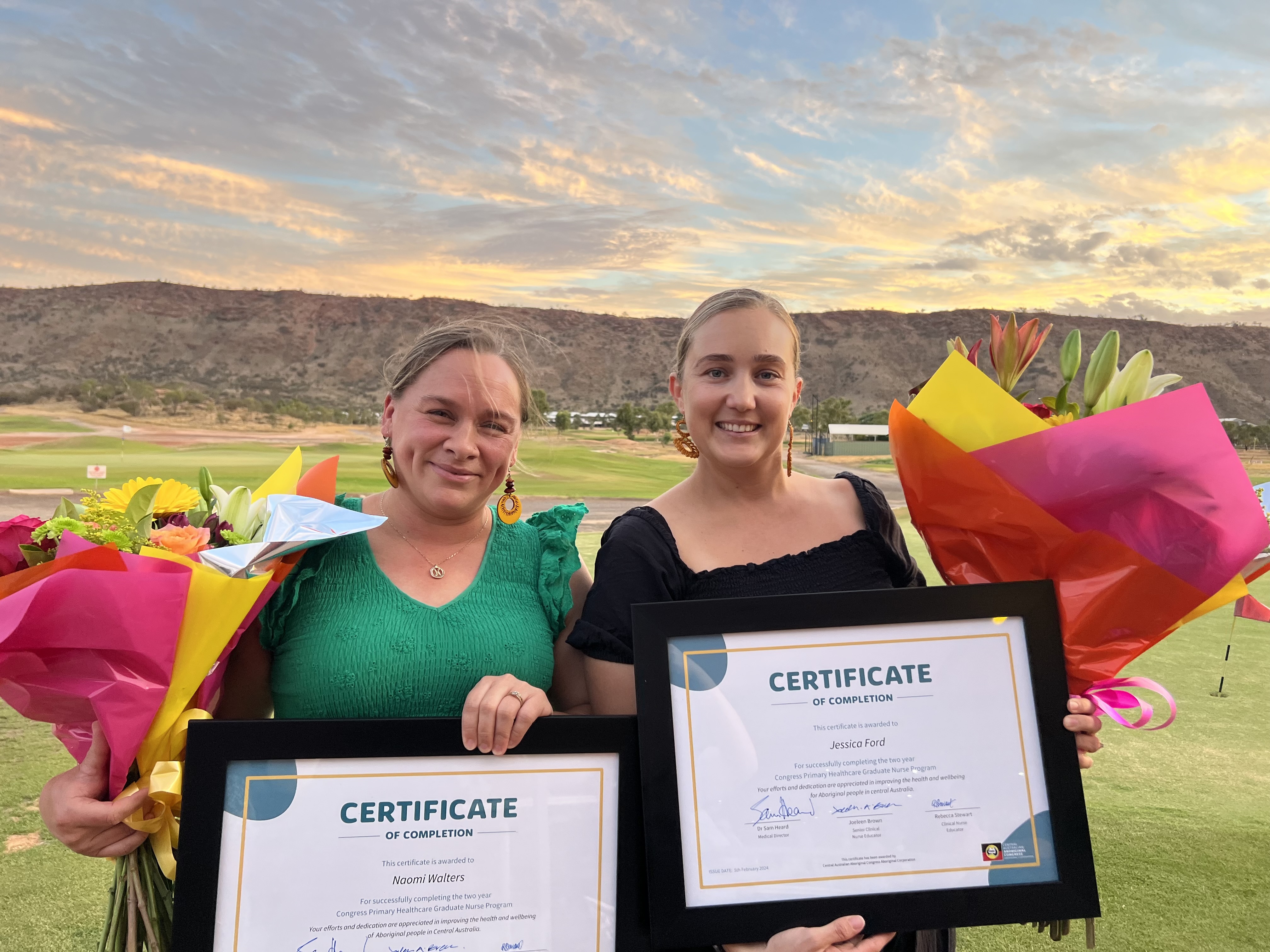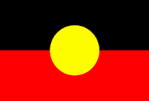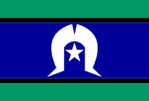We caught up with Dr Helen Watson to talk about her experiences moving from a big city to the remote NT island of Galiwin’ku as a general practitioner.

Can you tell us a little about yourself and what you do?
My name is Helen Watson and I’ve been a GP for nearly 30 years.
I trained in the UK and then practised for more than 20 years in metropolitan Sydney. Somehow, I now find myself working on Elcho Island, in the community of Galiwin’ku in East Arnhem, a world apart from where I’ve been.
I’m a GP with Marthakal Homelands Health Service, and we provide primary health care to the homeland communities on the island and across on the nearby mainland regions. I work 3 days a week alongside the rest of the health team: health manager, a couple of Remote Area Nurses, several Aboriginal Health Practitioners and an off-site GP who helps with some of the paperwork. Some days we’re at the clinic in town, seeing patients from close homeland communities, and other days we’re driving the 60km track up the island or flying across to mainland communities, seeing patients there in dedicated clinic buildings or, at times, on a mat in the shade of a tree outside their homes.
Much of what we do is chronic disease management, with a heavy burden of diabetes, chronic lung disease, ischaemic heart disease, chronic liver disease (usually due to hepatitis B), chronic kidney disease… Acute presentations are mainly related to infections: a lot of skin infections from group A strep, as well as scabies, tinea and staph, or else ear or respiratory infections.
Otherwise, there’s the usual lovely breadth of general practice care but with a remote/Aboriginal health twist: joint pain which could well be acute rheumatic fever – listen to their heart; new pregnancies presenting when there’s already a uterus to palpate and heartbeat to hear; non-healing ulcers – could this be melioidosis? A longer list of immunisations to complete; remember to think STI when a young woman has dysuria; check a BP in kids to consider post-streptococcal glomerulonephritis; do that health check today while we have the patient’s trust and patience.
What drew you to come and work in the NT?
There was no grand, carefully thought-out plan.
My husband, adult son (who has Down Syndrome) and I took off in 2021 on a year-long round-Australia drift, when our younger son had finished school. We were partly grasping the opportunity to explore, and partly needing to step away from the pressures of hectic Sydney life. I was also feeling jaded by the demands of the “worried well”: those who have easy access to healthy living environments and good health care, have excellent health literacy and are progressing well through life, yet remain anxious about their bodies and stressed by their world.
By the time we were 5 months in, I’d regained some sleep, enthusiasm and curiosity and was willing to put my hand up to be a GP again but in a different setting. NT PHN placed me into a 3-week locum with Danila Dilba in Palmerston, where I was introduced to the intricacies of Communicare and met my first-ever Aboriginal patients. Thankfully there was plenty of support from other staff there, and while I was way outside of my comfort zone every minute of the day, I loved it.
A few weeks later, NT PHN suggested a follow-up locum with Marthakal on Elcho Island. I was terrified, totally ill-equipped to be a remote solo GP after years of comfortable metropolitan general practice, yet I was drawn by the prospect of new clinical experiences and challenges and by the opportunity to be in a place and culture I might otherwise never experience. “Fascinating” was the key word whenever anyone asked how it was: medically, culturally, linguistically, spiritually, the natural environment, the people… We knew we’d be back.
Late in 2022 we returned for 3 months to test the waters some more, with a job for me split between Marthakal and the Miwatj health service (which provides health care for the in-town community), a teaching role for my husband in the school, and disability support services in place for our son. It worked for each of us, and while I continued to be out of my depth many times a day, I was seeing and experiencing and learning so much. I found a new enthusiasm for medicine, rediscovered knowledge I’d stored away diligently at medical school and never used, felt excited to read up about what I didn’t know, was thrown back onto using basic skills and reasoning that I’d become so lazy about, and was thankful for years of clinical experience that have shaped how I think and practise, applicable even in the most foreign of settings.
Interested in locum?
There are several placement opportunities in private practices and Aboriginal community controlled services across the NT.
Jobs
GP ‘try before you buy’ locum positions
Contact
Barbara Hamilton
08 8982 1010
recruitment@ntphn.org.au

Marthakal Homelands Health Service in Galiwin’ku

How did you know that Marthakal was where you wanted to work?
Idealistically, I am drawn to the Marthakal model of supporting people to live on the homelands, where often people seem to be healthier and happier than in town. But few people have access to a vehicle on the island, and plane trips over from the mainland are costly. Without a health service that is willing to go to the homelands, getting access to medications, maintaining stability of chronic conditions and addressing acute needs are near-impossible.
Practically speaking, there are several things that have helped us feel this is where we could thrive. The health service has provided all we need for easy-living: a pleasant house with all mods-cons, effective wi-fi, a car to use when we needed it, and it has willingly helped out to make sure continuing education and breaks happen. The climate is not as unbearably hot as I expected (although admittedly we haven’t been here in the worst of the build-up and wet season yet) and the fresh food supply is much better than I anticipated. The dogs are healthier and more respectful of personal space than I feared. Getting to know other people living here, both Yolngu and Balanda (white people), has been vital; quite a few of these have been through the local church, but also through having the mindset to chat and connect with people. We have felt welcomed generously by the community, who have been especially kind and reached out to our son. Working 3 days a week has helped make it sustainable, allowing for intense workdays followed by time to catch up on rest-of-life activities, but I recognise this isn’t going to be possible for the majority of health services.

How do you feel your work has helped people in remote community of Galiwin’ku?
It’s of course hard to know how the community members feel we have helped; I should ask them! Marthakal has historically had locum GPs for a few weeks at a time, and then no doctor on the ground at all for a period. The nurses tell me that having a doctor on-site makes decision-making for patient care much more efficient – instead of having to contact the DMO or email the off-site GP and wait for a response, treatment decisions can be made, medication prescribed, procedures done, tests ordered, referrals sent. They also value that there is a depth of understanding I can bring into a conversation with a patient, explaining and listening and answering questions. I sense that the community appreciate the continuity, that I have been here for some months now and am a familiar face, and know some of their background and the family structures.
How has NT Primary Health Network/Rural Workforce Agency supported you?
The process of applying to work as a locum was surprisingly easy and from the start I felt the NT PHN staff were wanting to make things work well for us. There was a lot of documentation required, and as we were travelling at the time email and phone communications were tricky and intermittent, but they patiently stepped through the process with us with friendliness, flexibility and efficiency. They had confidence in me, encouraged and supported me as I stepped out into roles I felt under-prepared for, provided relevant and helpful resources, and were a kindly voice on the end of the phone to answer myriad questions. There have been follow-up emails and phone calls at each stage, checking on how the placement and I and the family are going.
In the longer term, there has been welcome financial support with a relocation grant (HPRG) once we committed to the longer-term contract here, allowing us to have things around us that help make life enjoyable. And funding to support continuing education through the HWSP, enabling me to attend courses otherwise beyond the reach of a remotely-located GP.
What would you say to other GPs considering a locum or permanent placement in the NT?
I’d say go for it: you are more capable than you think, the opportunities for learning and experiencing things outside of your comfort zone are huge, the hurdles are not as great as you fear. I’d advise trying it out for a shortish period first and go with an openness, a child-like enthusiasm for new experiences, and a willingness to be humbled and stretched. Be willing to find ways of connecting with other people outside of work in whatever ways work for you. Know what makes you tick and helps you thrive, and prioritise these by keeping helpful routines and habits in place.






